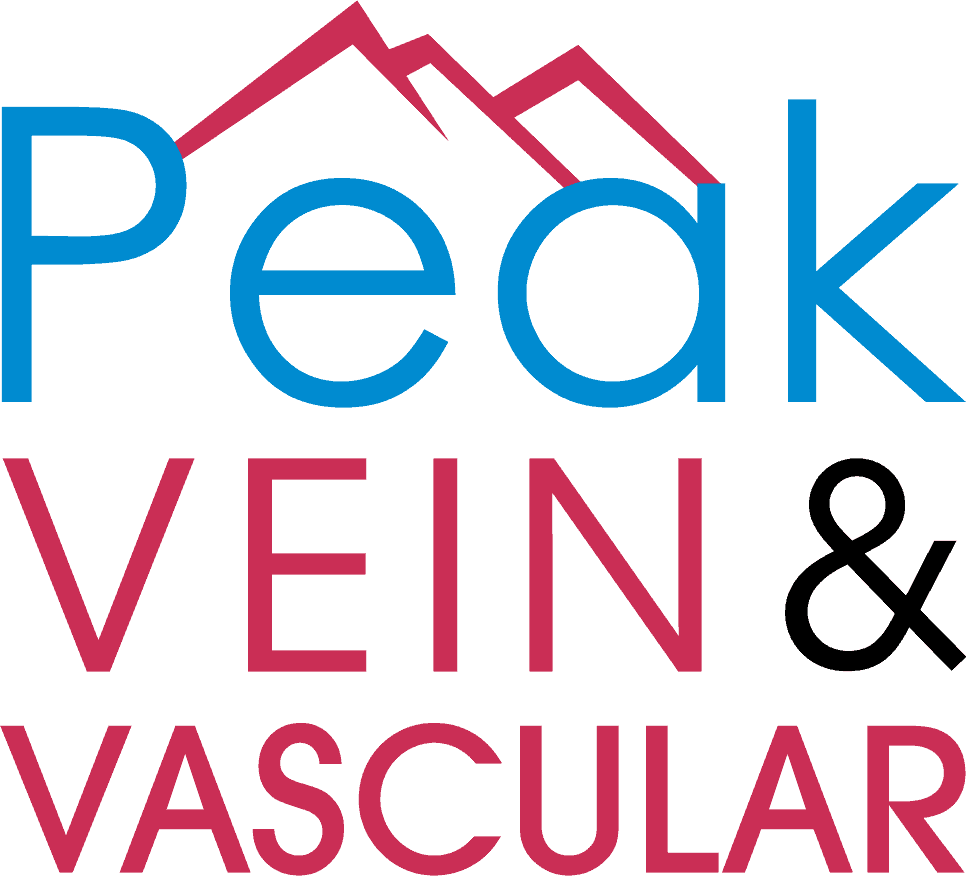About deep vein thrombosis
Deep vein thrombosis is an infection of blood clots that develop in the veins of the skin in the legs or in the abdomen. Blood clots in the vein may also be called thrombocytosis. DVT can often be found in a deep leg vein, a large vein running into muscle in the legs and the lower leg. It also appears on pelvic bones. It can cause swelling and discomfort on the legs, which may also cause serious complications like respiratory embolism.
Deep vein thrombosis: How it occurs
Deep vein thrombocytosis occurs when blood clots form in deep veins in our bodies, causing recurrent bleeding. This may happen after blood flow stops or becomes blocked in one’s veins. Several risks have been identified for developing DVT, two of which are traumatic injuries. The symptoms of DVT are severe. When blood vessels get broken up it can pass through the bloodstream and prevent oxygenation into the lung. Even when blood clots cannot be clotted, it can permanently affect valves in the vein.
Deep vein thrombosis (DVT): Symptoms, Causes and More
Deep vein thromboses is a serious condition that develops when blood clots form in the vein. Blood clots are small clumps that become solid. Deep vein blood clots typically form in your thighs but can also be found in other parts of your body
DVT treatment
The procedure uses a thin, flexible tube called a catheter to help remove the blood the clot. During the treatment, a physician will insert a catheter into a blood vessel in your groin.
Complications
DVT can be very serious. And, if not treated, DVT can lead to a heart attack or pulmonary embolism / pleura. Pulmonary Embolishm (PE) has the potential to be fatal in DVT patients. Thrombotic bleeding occurs when blood clots are formed in the leg and in the chest. Seek medical attention when you feel any sign that you are experiencing PE.
